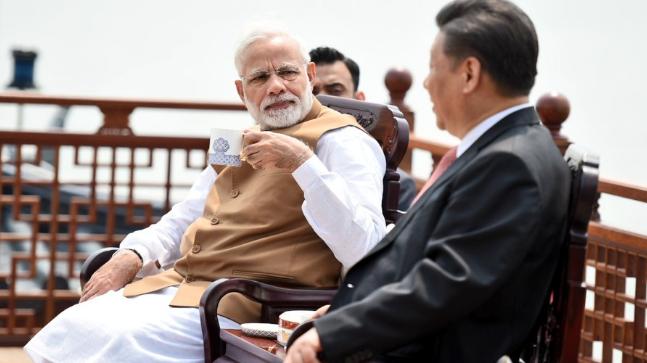The FDI inflow in India surpassed that of China in 2018 with some mega deals like Walmart-Flipkart, and acquisitions by Unilever and Schneider Electric. Walmart’s $16 billion acquisition of a majority stake in Indian e-commerce company Flipkart has been best so far pushing the total FDI. Mergers and acquisitions (M&A) deals by end of this year totalled around 39.5 billion dollars while for China it was 33 billion dollars. The M&A deals in India witnessed exponential growth and more than doubled since last year, the total worth of the deals in 2017 was 18.6 billion dollars. China, on the other hand, recorded deals worth 32.5 billion dollars which is 80 percent of India’s total deal in 2017.
The downfall of the Chinese economy in comparison to India was also visible in stock market performance of both countries. The Shanghai composite index lost more than a quarter of its value while Sensex gained 6 percent. Shanghai stock exchange has shed almost 3 percent value and reached to 2493 points from 3280 at the start of this year. The Chinese government tried to push the economy through huge stimulus packages and infrastructure spending but growth has remained subdued. In order to push growth, debt to GDP ratio reached to almost 270 percent.
The sound macroeconomic fundamentals of the country boosted investment in India. The Modi government has maintained macroeconomic health of the country through good governance and economic reforms. The inflation is under control, credit is growing, and fiscal deficit was brought below 4 percent from near double digit in the second term of UPA. The implementation of Insolvency and Bankruptcy Code (IBC) is proving helpful in solving the NPA problem. The Modi government’s decision to move from ‘stigmatized capitalism’ to embracing capitalism completely through IBC has been especially helpful in boosting sentiments on the domestic economy and increased the trust of global investors in India.
“India has had a busy M&A calendar in 2018 and we will continue to see good traction in inbound M&As,” said Kalpana Morparia, chief executive for South and Southeast Asia at JP Morgan Chase & Co. “Given India’s demographics, the e-commerce story, the way India has leapfrogged the several stages of technological evolution, we expect a lot of activity in the technology and financial services space going forward,” she added.
To give a boost to manufacturing, the government launched the Make in India program on 25th September 2014, just 4 months after coming to power. Under the Make in India program, FDI policy was liberalized with 100% Foreign Direct Investment (FDI) being permitted in all 25 sectors, except for space (74%), defense (49%) and news media (26%). As a result, India emerged as the top destination globally in 2015 for foreign direct investment (FDI), surpassing USA and China, with $60.1 total billion FDI. The greater inflow of investment is helping India to make a strong manufacturing base which is necessary for a country with a large population. So the efforts by the Modi government to boost FDI are now reaping benefits for the Indian economy. This boost in FDI could help India to attain double-digit economic growth and generate large-scale employment.
